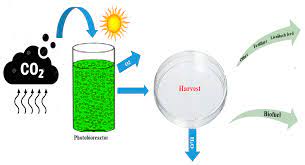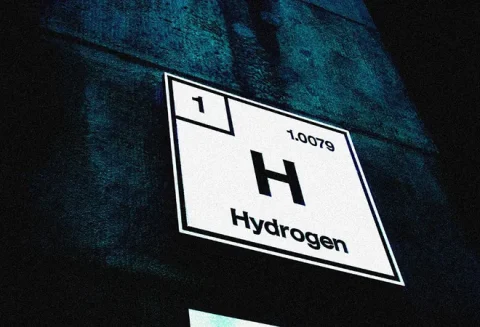Scientists have discovered a massive white hydrogen reservoir beneath northeastern France’s surface, potentially transforming the renewable energy landscape. This natural hydrogen deposit, found in the Lorraine mining basin, contains an estimated 6-250 million metric tons of hydrogen.

Key Findings of the White Hydrogen Discovery
Researchers from France’s National Centre of Scientific Research detected significant hydrogen concentrations during a methane investigation:
- 14% hydrogen concentration at 1,100 meters depth
- 20% hydrogen concentration at 1,250 meters depth
- Estimated reserves between 6-250 million metric tons
What Is White Hydrogen?
White hydrogen is naturally occurring hydrogen found in the Earth’s crust. Unlike other hydrogen types, it requires no energy-intensive production process and produces only water when burned. This makes it a promising solution for reducing carbon emissions across industries.
Comparison with Other Hydrogen Types
- Gray hydrogen: Produced from methane gas
- Brown hydrogen: Derived from coal
- Blue hydrogen: Involves carbon capture during production
- Green hydrogen: Created by splitting water using renewable energy
- White hydrogen: Naturally occurring, requires minimal processing

Global White Hydrogen Potential
Geochemist Geoffrey Ellis from the US Geological Survey estimates tens of billions of tons of white hydrogen exist underground globally. Even with 1% recovery rates, this could provide:
- 500 million tons annually
- 200-year supply potential
- 5x current global hydrogen production (100 million tons/year)
Commercial Development Progress
Several companies are actively developing white hydrogen resources:
Gold Hydrogen (South Australia):
- Drilling in historically proven hydrogen-rich areas
- Production targeted for 2024
Koloma (Denver):
- Secured $91 million in funding
- Backed by Bill Gates’ Breakthrough Energy Ventures
Natural Hydrogen Energy (Denver):
- Completed exploratory drilling in Nebraska
- Working toward first commercial projects

Economic Advantages
White hydrogen offers significant cost benefits compared to alternatives:
- Estimated production cost: $1 per kilogram
- Green hydrogen production cost: $6 per kilogram
- Lower processing requirements
- Minimal infrastructure needs
Formation Process and Global Distribution
White hydrogen forms through natural geological processes:
- Serpentinization: Chemical reaction between water and specific rock types
- Radiolysis: Radioactive elements breaking down water molecules
Deposits have been identified in:
- United States
- Russia
- Australia
- Oman
- France
Industrial Applications
White hydrogen’s potential applications span multiple sectors, offering transformative solutions across transportation, manufacturing, and energy infrastructure.
In the transportation sector, white hydrogen powers fuel cell vehicles, providing a particularly effective solution for heavy-duty vehicles where battery electric alternatives face range and weight limitations. Its zero-emission profile makes it an ideal replacement for fossil fuels in commercial fleets, long-haul trucking, and public transportation.

The manufacturing industry stands to benefit significantly from white hydrogen integration. Steel production, traditionally a carbon-intensive process, can be decarbonized using hydrogen as a reducing agent instead of coal. Similarly, cement manufacturing and chemical processing operations can incorporate white hydrogen to reduce their environmental impact while maintaining production efficiency.
White hydrogen also presents compelling opportunities in energy infrastructure. Power generation facilities can utilize hydrogen turbines or fuel cells to produce clean electricity. The ability to store white hydrogen makes it valuable for grid-scale energy storage, enabling better integration of intermittent renewable energy sources like wind and solar. This storage capability helps balance grid loads and ensures consistent power supply during peak demand periods.
Challenges and Future Outlook
While promising, white hydrogen development faces several challenges:
- Regulatory framework development
- Extraction technology advancement
- Infrastructure requirements
- Deep reservoir access costs
Despite these challenges, white hydrogen represents a significant opportunity for sustainable energy development. Its natural occurrence, minimal processing requirements, and clean-burning properties position it as a viable alternative to fossil fuels in the global transition to renewable energy sources.
Did You Know? Thermal Storage Outperforms Hydrogen for Industrial Heat













